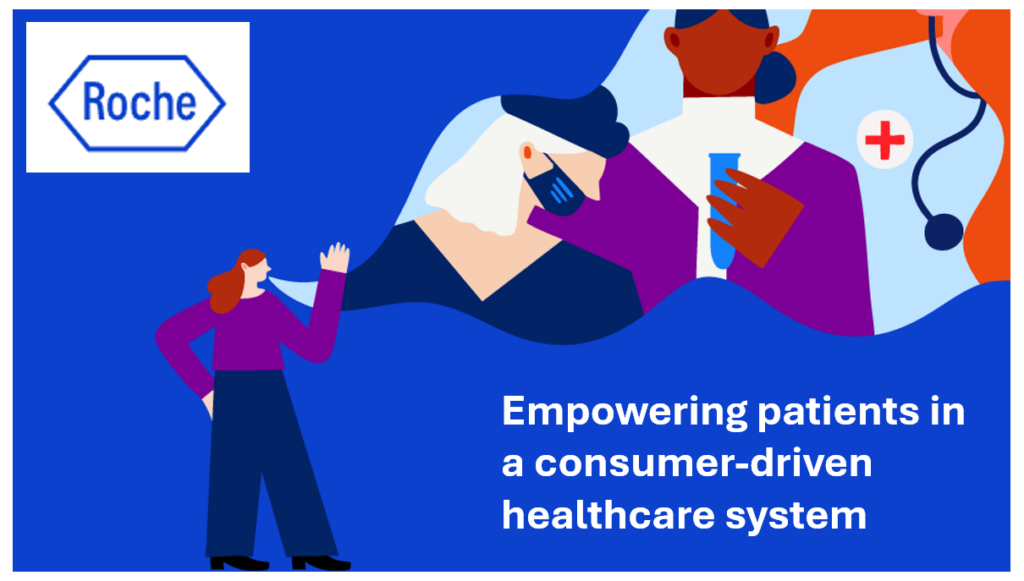 “To call health care’s information management for the most part ‘twentieth century’ is as wrong as calling it ‘twenty-first century;’ it’s nineteenth century,” begins Dr. Donald Berwick, Administrator of the Centers for Medicaid and Medicare Services, in the foreword to a new book that tells the story about how the world’s largest health IT project was successfully implemented.
“To call health care’s information management for the most part ‘twentieth century’ is as wrong as calling it ‘twenty-first century;’ it’s nineteenth century,” begins Dr. Donald Berwick, Administrator of the Centers for Medicaid and Medicare Services, in the foreword to a new book that tells the story about how the world’s largest health IT project was successfully implemented.
Connected for Health was edited by Dr. Louise L. Liang who was senior vice president, Quality and Clinical Systems Support, for the Kaiser Foundation Health Plan and Kaiser Foundation Hospitals between 2002 and 2009. It was during that time that Kaiser envisioned and implemented KP HealthConnect — the organization’s electronic health record (EHR). Today, KP HealthConnect “connects” about 15,000 physicians, 40,000 nurses, 170,000 employees, 35 hospitals and 430 medical office buildings. The EHR supports about 34 million visits to doctors a year, and 129 million filled prescriptions. That’s what is known as scale, which supports the economic argument in favor of EHR adoption; but it also is the backdrop for unimaginable complexity, which argues against successful implementation. The United Kingdom National Health Service has scale, for sure, but also complexity and politics which have gotten in the way of its successful health IT implementation.
One of the key early findings of the planning group was that the adoption of the EHR would change their care paradigm. “For the clinicians and staff, the changes would require a fundamental shift in the way they view their relationship with the patient. Instead of the role of definitive expert, they would become coach and facilitator.” The team forecasted that in 2015, a successful health care organization would recognize the “true primary care provider” has always been the patient and his or her network of family and friends.
This was 2003: how prescient was the KP team?
The group brainstormed some key concepts that would underpin the project and serve as beacons to remind them what they were collectively working on. One that struck me in particular was “Home as the Hub” which came from a vision KP had for the future of health care.
Again, prescience.
The book offers many colorful, real-life anecdotes on meetings the various work groups held throughout the planning and implementation process of birthing KP HealthConnect. Among these, the following are particularly powerful:
- A by-product of a patient-centered information system is a population-based database, empowering Kaiser Permanente to have the most extensive, most complete and most accurate quality of care information of any health care system in the U.S. Physicians not only know what they need to know about each patient, but can measure their own performance against their colleagues on quality, safety, efficiency, equity and service. Hospitals know their rates of preventable adverse events and complications. By sharing this information in the KP family, providers in the system borrow best practices from each other, thus dialing up the level of quality continuously.
- Leadership and sponsorship make a big difference: EHR adoption is not the sole purview of the health IT department — it permeates all levels of the organization. Everyone is critical to the success of EHR implementation.
- There are several phases to realizing value during implementation — all the value the EHR system brings isn’t achieved in just phase one. As soon as the EHR was launched, there were immediate benefits such as improved safety through legible patient records and elimination of duplicate lab and radiology tests. In a second phase, other benefits accrued, including reducing the cost of medical records operations along with regulatory, compliance and other reporting activities. In a third phase, care was transformed in a new model of care delivery including web-based visits, and the use of best practices and clinical guidelines among clinicians.
Health Populi’s Hot Points: “There was no precedent, no blueprint, for a venture like KP HealthConnect,” Dr. Liang says in her chapter on strategic leadership. While KP was a pioneer in their vision, design, and implement of their EHR, this book leaves behind something like a blueprint for how health providers can successfully adopt EHRs. It’s not about the technology, we learn through Connected for Health; it’s about leadership, collaboration among multi-disciplinary team members, and a group’s vision to transform health care for the betterment of patients and the organization, as well.
Reading Connected for Health is a tonic to help overcome the current climate of skepticism regarding meaningful use and EHR adoption.




 I was invited to be a Judge for the upcoming
I was invited to be a Judge for the upcoming  Thank you Team Roche for inviting me to brainstorm patients as health citizens, consumers, payers, and voters
Thank you Team Roche for inviting me to brainstorm patients as health citizens, consumers, payers, and voters  For the past 15 years,
For the past 15 years,